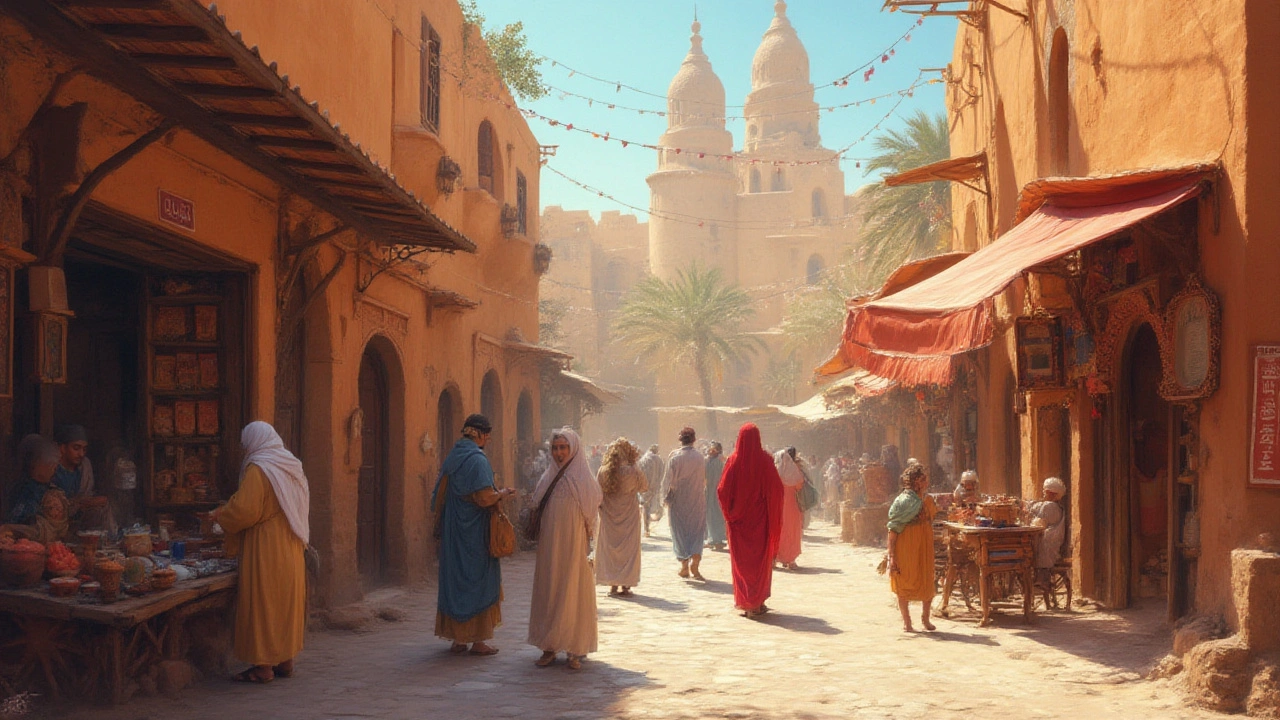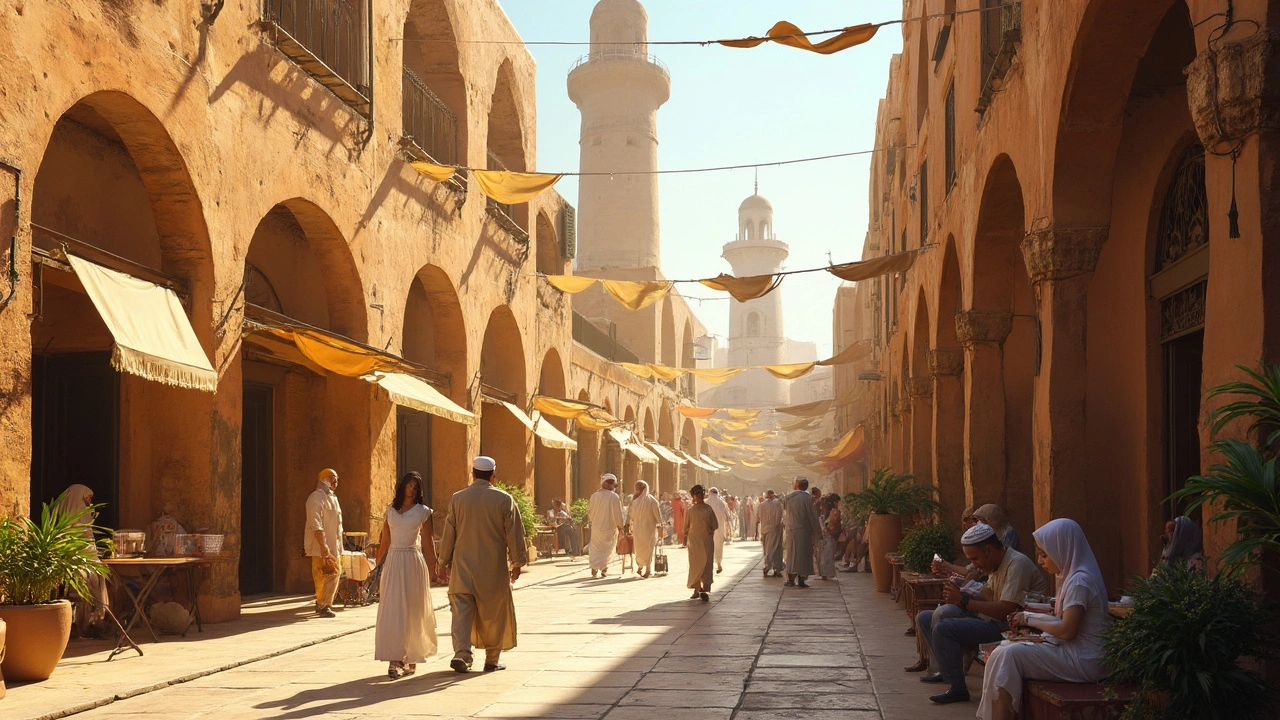Unlocking Knowledge: How Dubai Historical Sites Shape Education and Inspire Learning
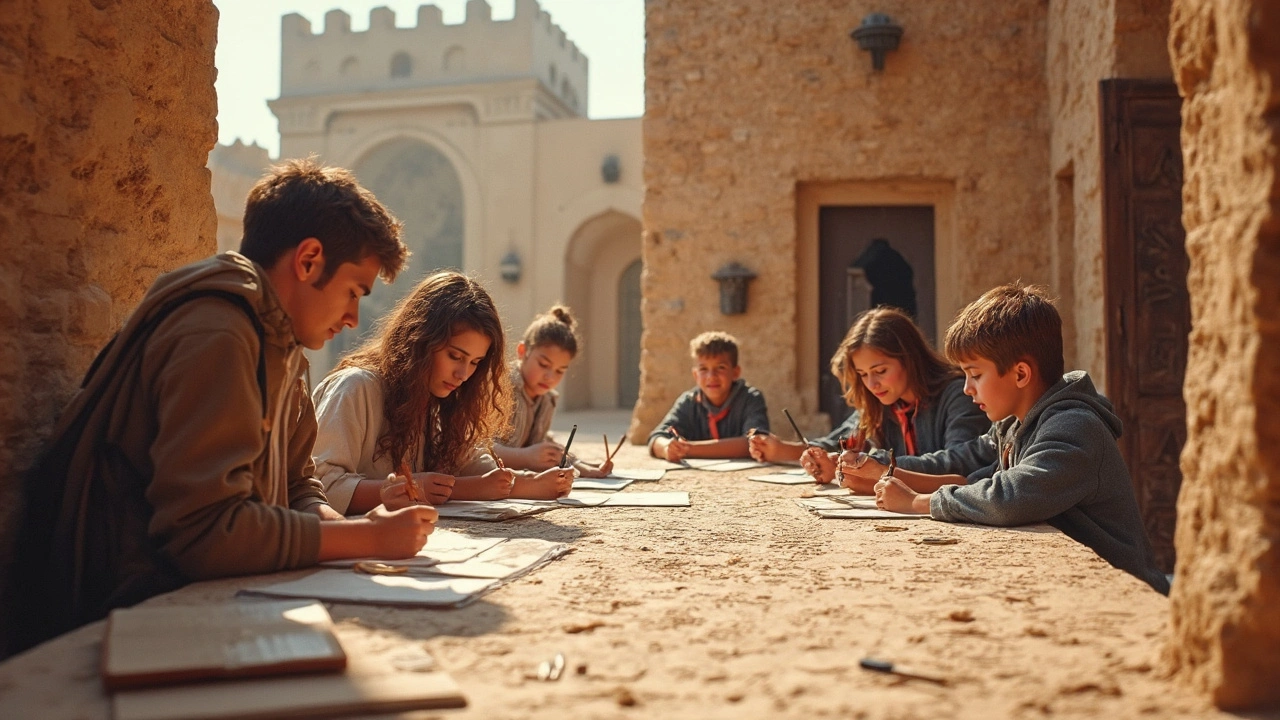
Before you dive into another day of city noise and shopping malls, stop for a second. Imagine a classroom that isn't filled with whiteboards and projectors, but with the stone walls of an ancient fort or the winding alleys of an old souk. This is the reality right here in Dubai. Tucked among futuristic skyscrapers and luxury cars are stories older than your grandparents, waiting to be unlocked. The city has always been a symbol of change, but it clings tight to its roots. For those who live, learn, or teach in Dubai, the best lessons aren’t always in the textbooks. They’re built into the city’s historical sites—places where the past and the present shake hands. It’s not just nostalgia; it’s living proof that experience is the best teacher.
Dubai’s Living Classrooms: The Value of Historical Sites in Modern Education
Step outside air-conditioned halls and breathe in the history along the Creek or in the shadow of Al Fahidi Fort. Dubai’s historical sites aren’t just spots for selfies—they’re powerful tools for learning. UNESCO might not have crowned all of Dubai’s treasures, but ask any Emirati, and they’ll tell you about childhood trips to Al Shindagha Museum, with its galleries dedicated to the city’s maritime heritage. You don’t just read about pearl diving or Bedouin life; you see the faded tools, run your fingers across old dhows, and listen to stories from those who lived them. For students, this kind of learning sticks.
Take the Dubai Museum, for example, inside the Al Fahidi Fort: built in 1787, it’s the oldest existing building in Dubai. Here, local schools frequently bring their students for practical lessons, from understanding what trade routes shaped the Gulf to how tribal life worked before oil. One study by Dubai’s Knowledge and Human Development Authority found that visits to such sites increased historical awareness in students by over 60% compared to solely classroom-based learning.
Schools aren’t the only ones taking advantage. Universities like Zayed University and the American University in Dubai include field trips to heritage sites as coursework components. For them, analyzing the design of the Sheikh Saeed Al Maktoum House isn’t just architecture—it’s a lesson in the evolution of Emirati family life, commerce, and even climate adaptation before air conditioning. These places transform facts into experience, and that sparks curiosity. You look at the city differently after stepping where the early settlers stood, and suddenly, all those Wikipedia numbers feel personal.
Connecting the Past: How Local Traditions and Heritage Sites Deliver Relevance
Dubai’s landscape is an ever-changing collage of old and new. But the old isn’t lost in the shuffle. In fact, heritage is having a moment, with government-led initiatives like the Dubai Culture & Arts Authority pumping life into old districts. If you’ve wandered through Al Bastakiya, you’ll notice how its traditional barjeel wind towers put modern air vents to shame. These towers kept homes cool with clever architectural tricks—a perfect study piece for kids who think innovation was invented with the iPhone.
The city celebrates its traditions with gusto. During National Day, events at places like the Etihad Museum immerse families in the UAE’s founding moments, letting them hold replica treaty pens and hear the story of December 2, 1971, in the voices of the founders. Dodging bouncing balloons and grabbing free karak chai is fun, sure, but the real impact is seeing young Dubai residents—local and expat—asking questions about their adopted city’s origin.
Even traditional arts are kept alive this way. Organizations run Al Ayala dance workshops in restored heritage houses, and festivals like Sikka Art Fair turn heritage neighborhoods into living galleries, where you meet real artists breathing new interpretations into old customs. You see teenagers sketching old teapots in the courtyards or debating the future of calligraphy in alleyways once used for trade caravans. These immersive events aren’t just about nostalgia—they make tradition feel urgent, modern, and worthy of debate or celebration.
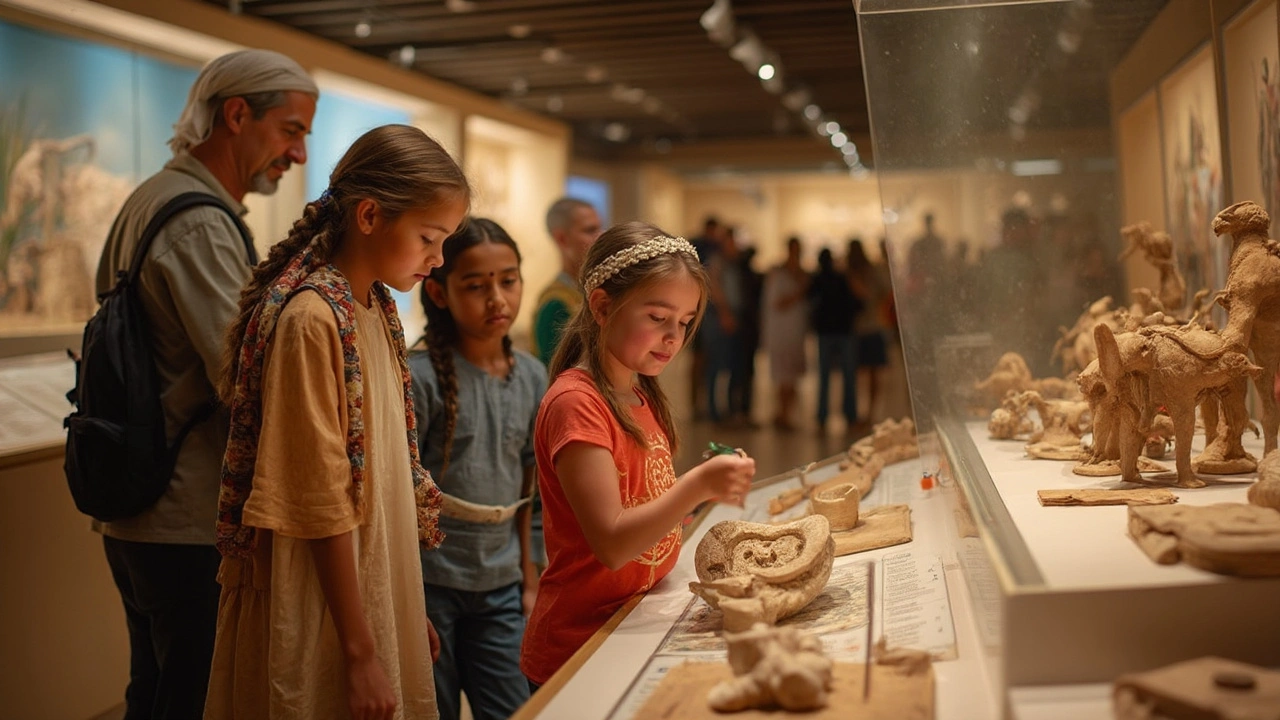
A City of Contrasts: Learning from Landmarks and Hidden Treasures
It’s easy to get fixated on big-ticket sites: Al Fahidi Fort, Jumeirah Mosque, and the Coin Museum in Al Fahidi Historical District all grab the tourist headlines. But in Dubai, the little things can teach you just as much. Duck into the Old Souk, and you see real-life lessons in negotiation and entrepreneurship playing out every day. Sit down for a cup of gahwa at the Coffee Museum and find yourself talking to a Yemeni barista about ancient trade relationships between the Gulf and Africa. These aren’t staged moments—they’re the city’s DNA.
For families and educators, even a stroll along Dubai Creek is a crash course in local economics and migration. Notice the abras crossing back and forth every few minutes—these water taxis are the city’s oldest public transport, unchanged for decades. The creek itself is a lesson in why settlements form where they do. Grab a guide at the Heritage Village for a deeper dive and you’ll learn why the old trading port meant so much more than just commerce: it was the meeting ground for cultures and ideas long before Dubai turned to glass towers.
Not every lesson requires a ticket or special tour. Chat with a spice merchant in Deira and watch how conversations about cardamom or saffron end up sparking tales of old trade connections—links that built the modern UAE. Or drop in during a public holiday and watch as Emirati families gather for traditional meals beside old fort walls, passing down recipes, stories, and values. If you’re willing to look closely, every corner has a story to share.
From Classroom to City: Tips for Parents, Educators, and Learners in Dubai
Turning Dubai’s historical sites into vehicles for learning doesn’t have to be complicated or expensive. If you’re a parent, start with the little things: pick one historic district—say, Al Seef—and set a scavenger hunt for your kids. Ask them to find three things they’ve never seen before and report back at dinner. Not only will this make history tangible, but it will also build observation and research skills. Schools can use local museums’ ready-made educational packs. Places like Saruq Al-Hadid Archaeological Museum offer workshops where kids can ‘dig’ their own artifacts and analyze what they find—no passport or desert safari needed.
Teachers can also invite guest speakers from the city—older residents, long-time traders, or artisans—to bring stories straight into the classroom. For university students, proposing projects that link modern Dubai to its roots often uncovers surprising discoveries, like how traditional pearl diving techniques influence sustainable businesses today. And don’t forget local apps and AR experiences (like the Dubai 360 and Dubai Heritage Map), which bring the city’s sites to life for tech-savvy learners who want a little virtual magic mixed in.
Time your trips for special festivals. The Dubai Shopping Festival and Heritage Week often roll out temporary pavilions, street performances, crafts, and food markets that make old ways feel fresh. Encourage kids to ask questions or interview participants—most Emiratis love sharing their heritage with curious minds. If you’re looking to dig deeper, check out workshops run by Dubai Municipality and the Sheikh Mohammed Centre for Cultural Understanding. They go past the usual tours to let you experience Emirati hospitality, food rituals, and values firsthand.
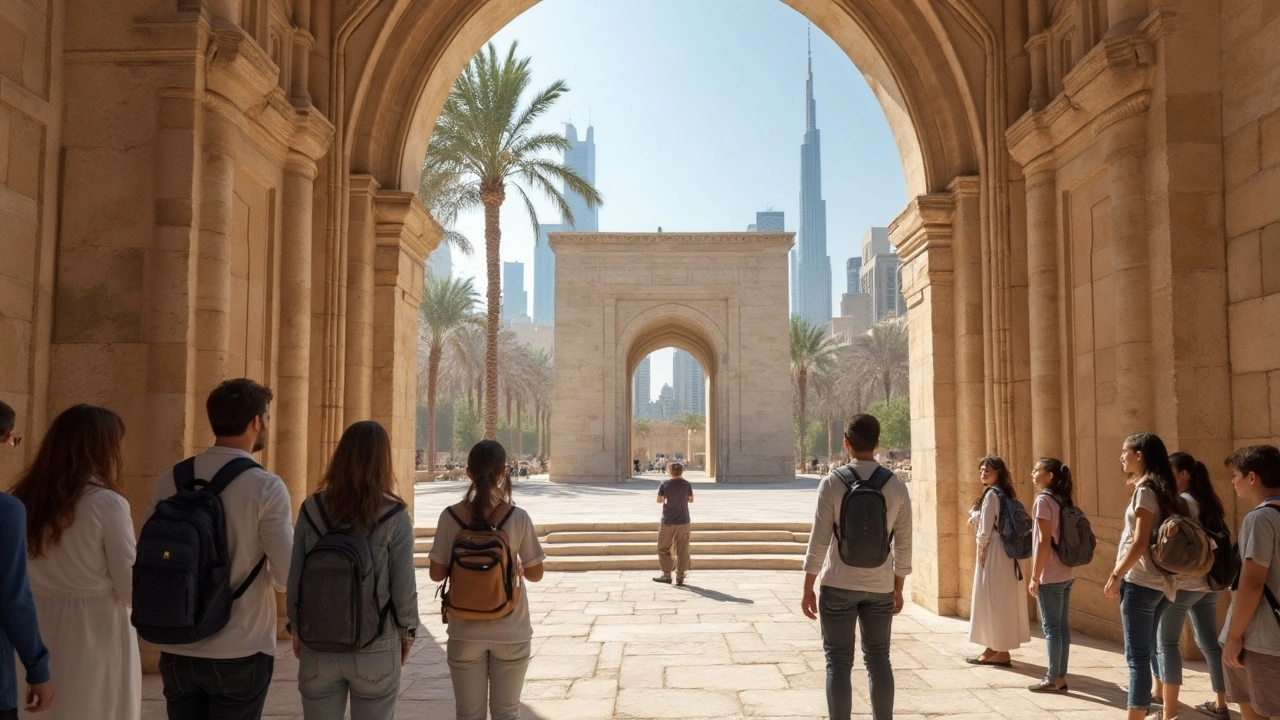
Preserving the Future: The Role of Heritage Sites in Dubai’s Identity and Innovation
Here’s the twist: keeping heritage sites alive isn’t just a duty to the past—it’s the best ticket to the future. Dubai knows this. That’s why, even as the city races into headlines with AI, flying taxis, and climate-smart architecture, it invests heavily in preserving and restoring old landmarks. The Dubai historical sites are anchors in a sea of change.
Preservation means more than fixing up old walls. It’s also about curating authentic experiences so that both expats and locals see themselves as part of Dubai’s story. There’s a reason places like Al Marmoom Heritage Village and Hatta Heritage Village are popular with school trips and tourists alike: they remind everyone that identity is a mosaic.
For Dubai’s youth, heritage isn’t just something to admire from a distance. It’s a resource for the city’s creative industries—the country’s new generation of artists, filmmakers, architects, and chefs all pull inspiration from UAE heritage. Even the Expo 2020 pavilions tipped their hats to local traditions, using old crafts and motifs in futuristic designs. Want to know why Dubai can dream so big? Because it knows where it started.
As the city grows, its people need a sense of place—something old to balance the new. Luckily, every alley and museum, every heritage house-turned-cafe, is a reminder that education isn’t stuck in classrooms. It’s woven into Dubai’s bricks, boats, and bustling markets, free for anyone to find and learn from, if they just take the time to look.
